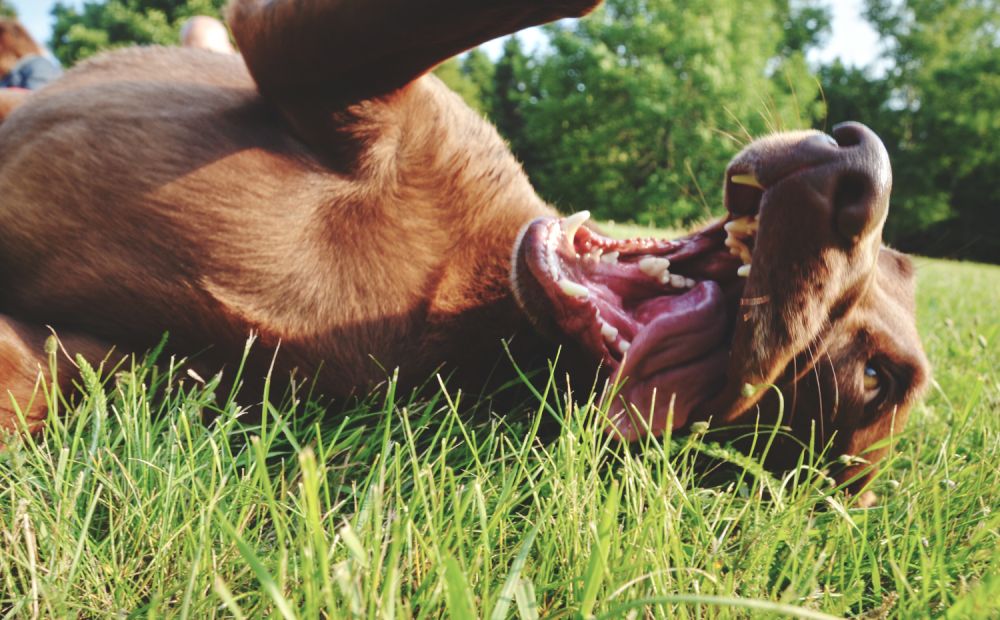Grass mites in dogs in summer

02.07.2021
Admittedly, the year 2021 has not given us a particularly "summery" summer so far. Nevertheless, even with such temperatures, grass mites are a problem, especially in summer. In this blog entry, we will explain what grass mites are and how you can protect your dog.
What are grass mites?
Grass mites are also called hay mites or harvest mites. They are small pests that are active from late spring to late autumn and lay their larvae in July to October. Grass mites are pests that, for a change, do not mainly attack plants, but humans and animals. Neither we humans nor our dogs are spared from them.
No wonder: the grass mite is a close relative of the tick. The grass mite larvae, which hatch from July onwards and bite humans and animals, are particularly problematic. Similar to the tick, the larva of the grass mite drops from tall grasses onto its victims. However, it does not suck blood, but digests skin cells around the site of the bite.
The larvae can cause severe inflammation and itching in both humans and dogs. The consolation: grass mites cannot reproduce on their victims, as is the case with fleas or other mites. They also do not transmit dangerous diseases like the tick does.
How do I recognise a grass mite infestation in my dog?
Grass mites infest easily accessible areas of the dog's body in particular. This includes paws, head, legs, belly or ears. Grass mite bites can be recognised by the fact that the dog is very itchy, the skin reddens and inflammations and rashes may develop. If the itching or inflammation becomes too severe, it is advisable to consult a vet.
If you want to be absolutely sure whether it is a grass mite infestation, it is best to brush your dog with a flea comb. Grass mite larvae are small but glow bright orange-yellow.
In the same way, it is also possible to spot a grass mite infestation in the garden: Simply lay out a light-coloured cloth or a white plate in the grass. The orange mites are then easy to spot.
How can I prevent grass mites?
In your own garden, it is advisable to cut it regularly and store or dispose of the grass cuttings as far away as possible. For dogs, there are also various options such as spot-ons or sprays that can repel grass mites.
Finally, in summer it makes sense to carefully clean the dog after every walk - especially after walks in tall grass. By the way, this does not only apply to grass mites. Ticks or awns, other "dangers of summer", can also be quickly detected in this way.
The Dogtap team wishes you a mite-free summer!








